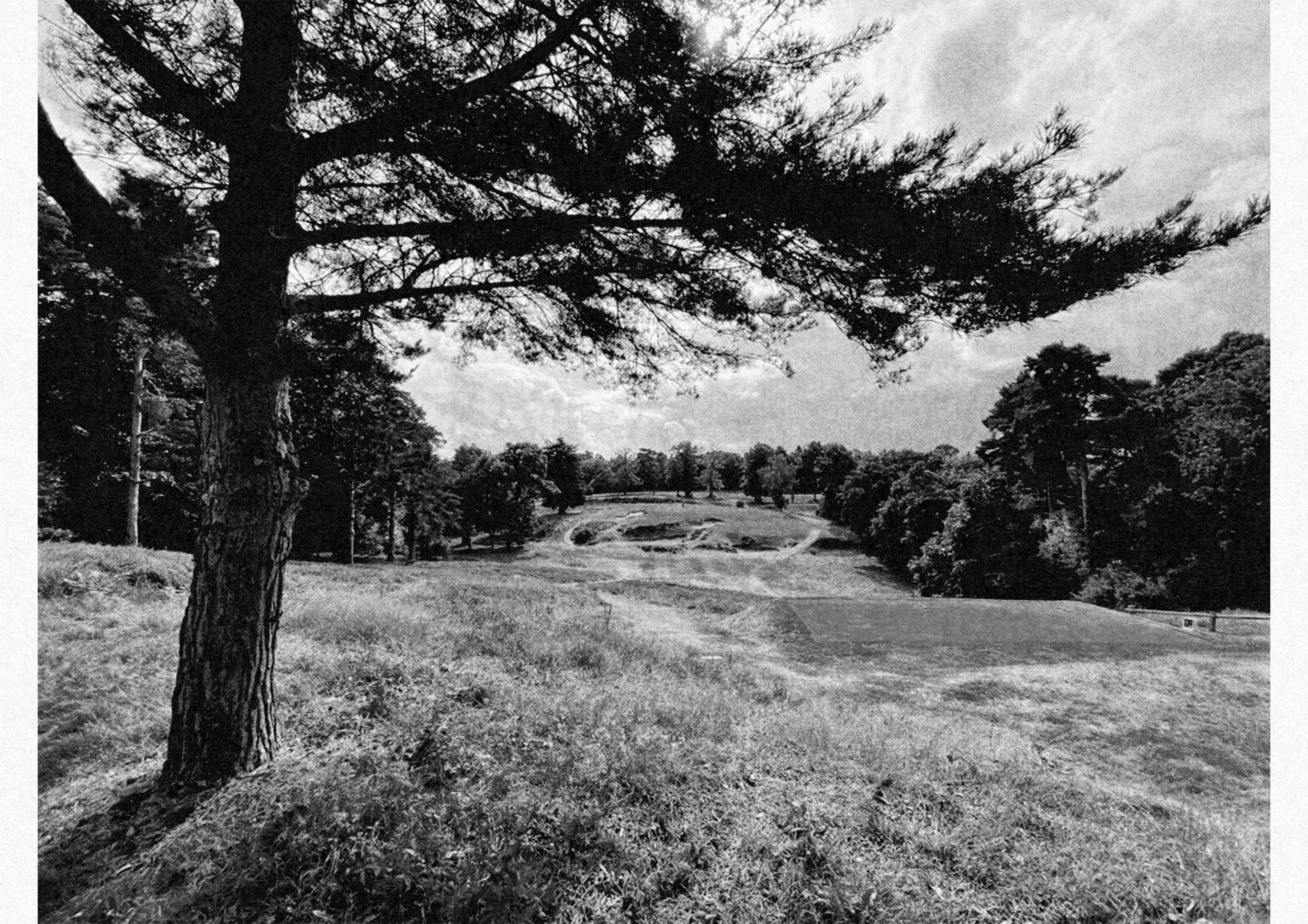The Dragon that Lost its Flame
Heathland golf courses of the United Kingdom is a flavour of architectural design that I will never get tired of playing. Mystical sites that suspend the landscape in time far greater than its Links styled cousin. The optimal combination of elements such as soil profile, climate, vegetational class, terrain and location, help fend away the erosion and disposition of the landscape. This combination generally allows for the golf courses to play with the original architects design in mind. It also helps that a lot of the great British heathland courses were designed in the Golden Age of Golf Architecture, with Tom Simpson, Alister MacKenzie and Harry Colt being some of the notable names credited for their contribution to Heathland Golf.
St. George’s Hill is an English Club just South of London, with great heritage and affluence. A privileged place with all the finest elements an architect like Harry Colt would want, to produce the best Heathland Golf Course on the planet and what should be England’s answer to Pine Valley. It comes with great shame that the course currently does not live up to the bill or Colt’s intention. The most glaring example of the courses decay is on the Signature 8th Hole. One of Colt’s boldest one shot holes in his prolific career. A long par 3 that plays slightly down hill and through a Valley, guarded by 3 bunkers. The middle bunker is a large crevice-like hazard that evilly splits the extra large green in half, like the way a large bolt of lightning can split a Pine tree. The Green itself used to be the size of a small Australian town, split in two by the middle bunker and cascading halfway down the Valley. Each pin location would require a completely different strategy from the other. Golfers would of needed to anticipate at least a dozen different pin locations upon arriving to the original 8th hole. In addition, the 7th Green sits on a wonderful crest, hiding enough of the mystery that surrounded the flag’s location, giving the golfer as little time as possible to come to a decision. Unfortunately, I could only use my imagination, drop a ball or two and try to play to what once was. It was consistent theme throughout the round that the greens were put through the dryer and shrunk. Hazards looking tired or not their former self, as well as the natural encroachment of Pine Trees. Which seemed to of capitalized on a club that had been asleep at the wheel.
Not all is lost though, with the recent news of the club appointing a fresh trio of architects. Appointed with the diligent task of restoring the course to its former glory. I really look forward to returning to a rejuvenated St. George’s Hill.

